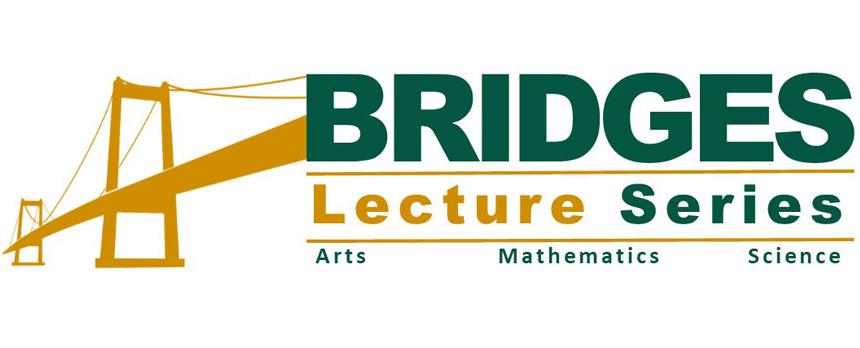
Events

Pattern finding – popular expression of transcendent ideas
October 26, 2016
Jokes, prayers, stories, art all express our deep need to communicate experience beyond our immediate interactions with the material world. Delight in shape and pattern is found in all folk art traditions back to the farthest reaches of antiquity. Focusing on episodes drawn from all over the world, we will discuss how mathematics plays a vital role in codifying our common experiences of awe and wonderment.
About the Speakers
Matthew Scott is an Associate Professor of Applied Mathematics and co-director of the Mathematical Biology Laboratory at the University of Waterloo. His research is directed toward identifying fundamental principles underlying bacterial reproduction and reverse-engineering the last universal ancestor of life as we now see it.
Soheila Esfahani is an artist and educator based in Waterloo Region. Her research and art practice navigates the terrains of cultural translation in order to explore the processes involved in cultural transfer and transformation. She is a recipient of 2016 Waterloo Region Arts Awards (Visual Arts category) and was nominated for the Jameel Prize at the Victoria & Albert Museum in London, UK in 2015. Currently, she is a lecturer at University of Waterloo and works from her studio at Kitchener’s artist–run centre, Globe Studios.
Making Math Visible
February 3, 2017
We have been working together to create hands-on construction activities that result in beautiful art objects which provide math inspiration in classrooms. Our work blends mathematical depth with artistic sensibility, which has helped us create educational experiences to inspire students and teachers. Coming from both ends of the educational spectrum --- university and primary --- we have combined our love of art and math in a way accessible to all.
About the Speakers
George Hart is a sculptor and applied mathematician who demonstrates how mathematics is cool and creative in ways you might not have expected. Whether he is slicing a bagel into two linked halves or leading hundreds of participants in an intricate geometric sculpture barn raising, he always finds original ways to share the beauty of mathematical thinking. An interdepartmental research professor at Stony Brook University, he holds a B.S. in Mathematics and a Ph.D. in Electrical Engineering and Computer Science from MIT. His background in math, engineering, and education has enabled him to design many hands-on activities and to lead workshops around the world.
Elisabeth Heathfield is a certified teacher and an artist with in-depth experience running math workshops at the middle and elementary school levels. For the 2015/2016 academic year, she is a visiting scholar at Stony Brook University where she is conducting research into early math education. She is interested in exploring the connections between math and art and how hands-on construction activities can change children's mindsets about mathematics. Elisabeth has created and managed a weekly after-school STEAM club, as well as community math nights and Celebration of Mind events for Martin Gardner's birthday. She has given math-education workshops to teachers at Lakehead University, at the Ontario Association of Math Educators Conference, at the MIT Museum, and various NY City schools. Elisabeth has a B.A. in Visual Art from OCAD University, a B.Ed. from Lakehead University, and an M.A. from Norwich University of Art. She is also a practicing artist whose work has been exhibited in Canada, England, Italy, and the US and has taught fine art classes at various institutions in Ontario.
The Platonic solids as Tiffany lamps, art objects, and stepping-stones to higher dimensions
March 8, 2017
For two millennia, the regular Platonic polyhedra have fascinated not just mathematicians, but also artists and a good fraction of the general public. When realized in appropriate materials, these shapes yield beautiful art objects. In a more abstract way, they demonstrate intriguing geometrical relationships, particularly when the general idea underlying these objects is extended to higher dimensions.
In this seminar, Hans Schepker will present some of his beautiful constructions realized in glass and metal and tell the audience how he conceives of these shapes and then realizes these artful sculptures. Carlo Sequin will analyze why there are exactly five Platonic solids, and then use these insights to derive the number of completely regular polytopes in 4 and higher dimensions.
About the Speakers
Carlo H. Séquin is a professor of Computer Science at the University of California, Berkeley. His work focuses on computer graphics, geometric modeling, mathematical visualizations, and on the development of computer aided design (CAD) tools for circuit designers, architects, mechanical engineers, and artists. In his recent collaboration with sculptors of abstract geometric art, Séquin has shown how new frontiers can be opened through the use of computer-aided tools. Dr. Séquin is a Fellow of the ACM, a Fellow of the IEEE, and has been elected to the Swiss Academy of Engineering Sciences. He has received the IEEE Technical Achievement Award for contributions to the development of computer-aided design tools, the Diane S. McEntyre Award for Excellence in Teaching, and an Outstanding Service Award from the University of California.
Hans Schepker is a German-born American artist whose work incorporates geometrical and mathematical concepts in lighting and sculpture. He uses disparate materials — such as stained glass, Origami, paper model building, crocheting and bead weaving — to teach mathematical concepts to students of all ages in public, private and charter schools in the US and Germany.